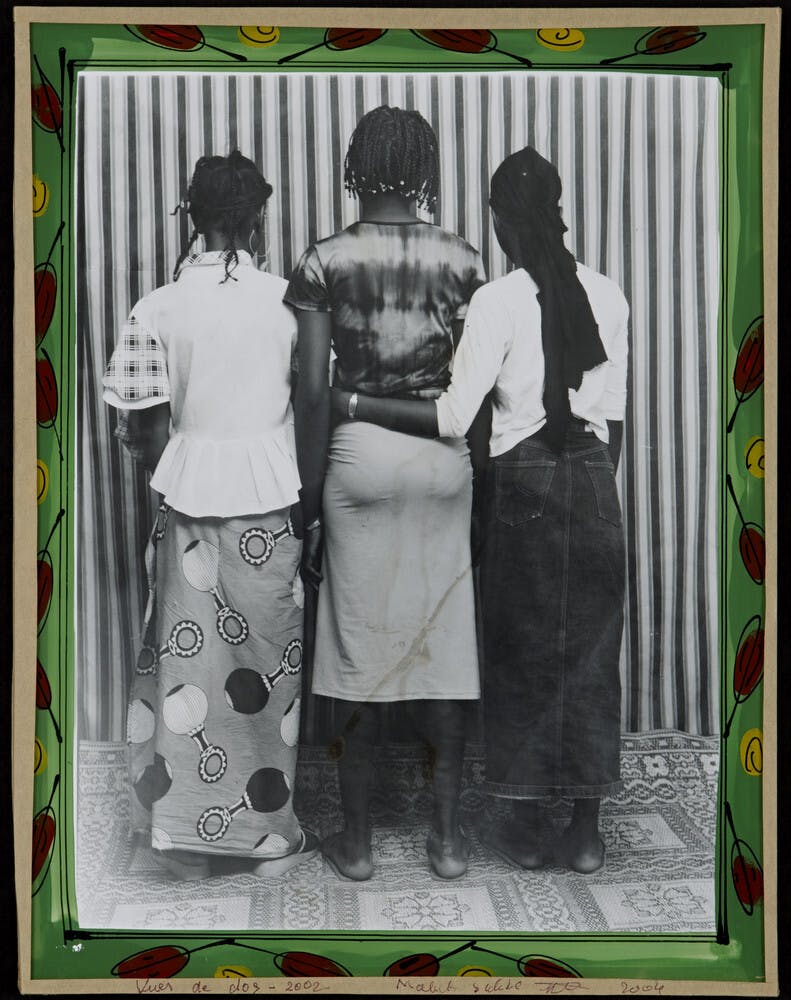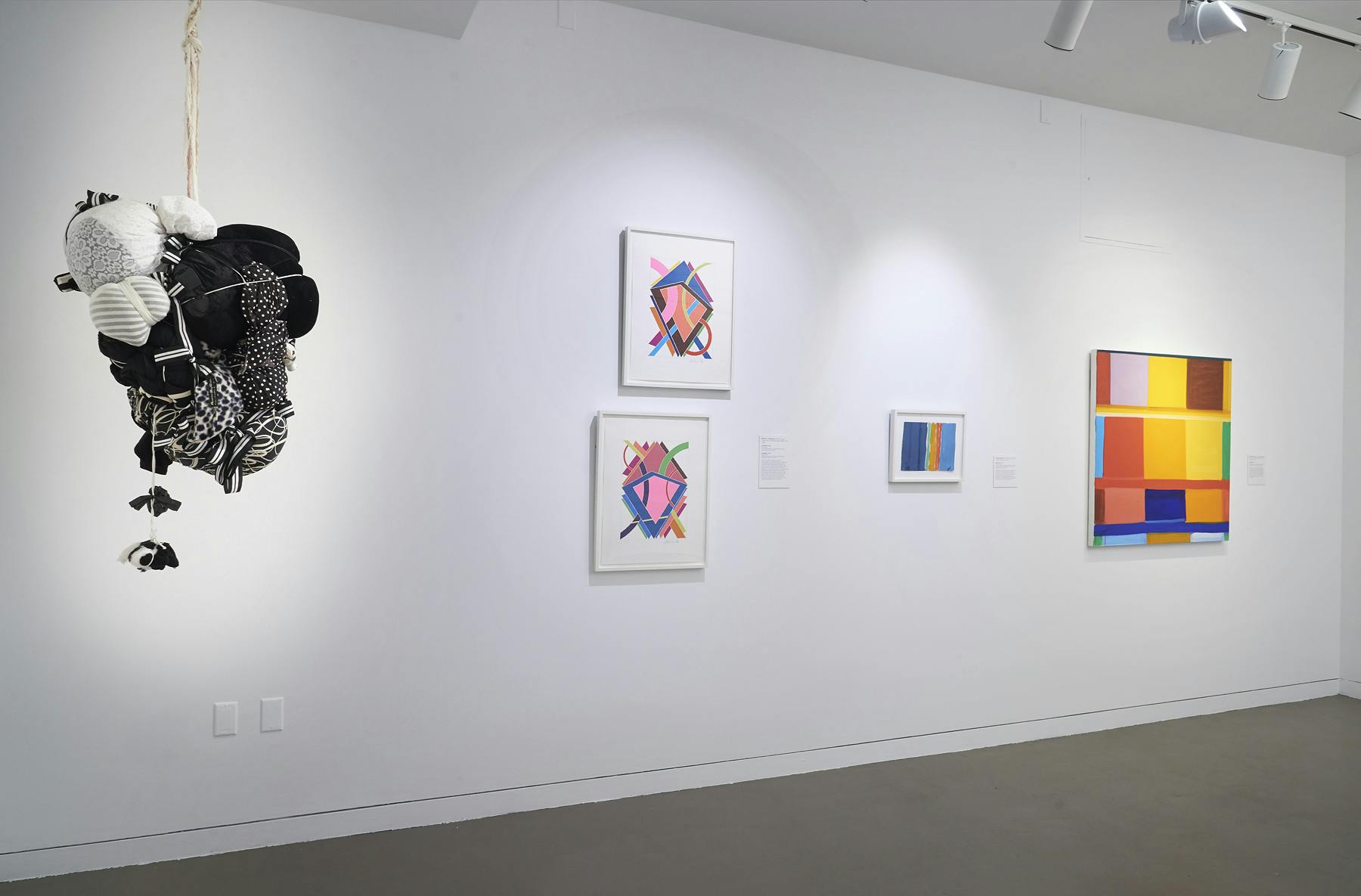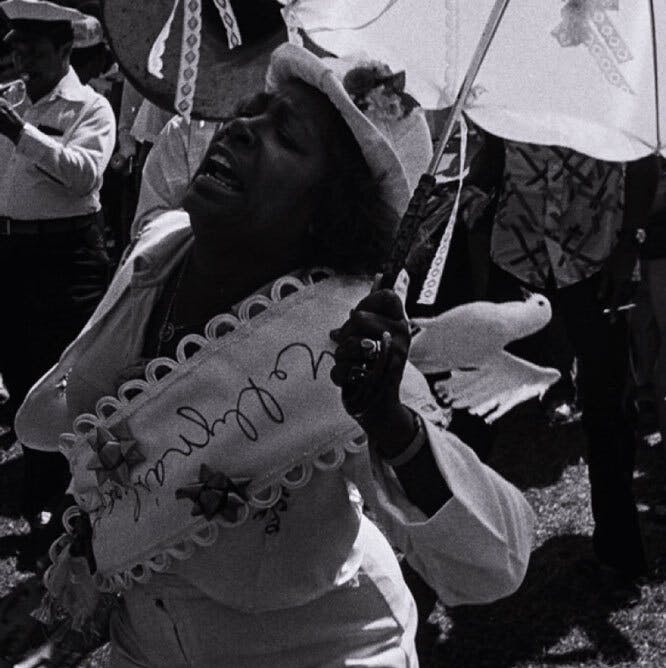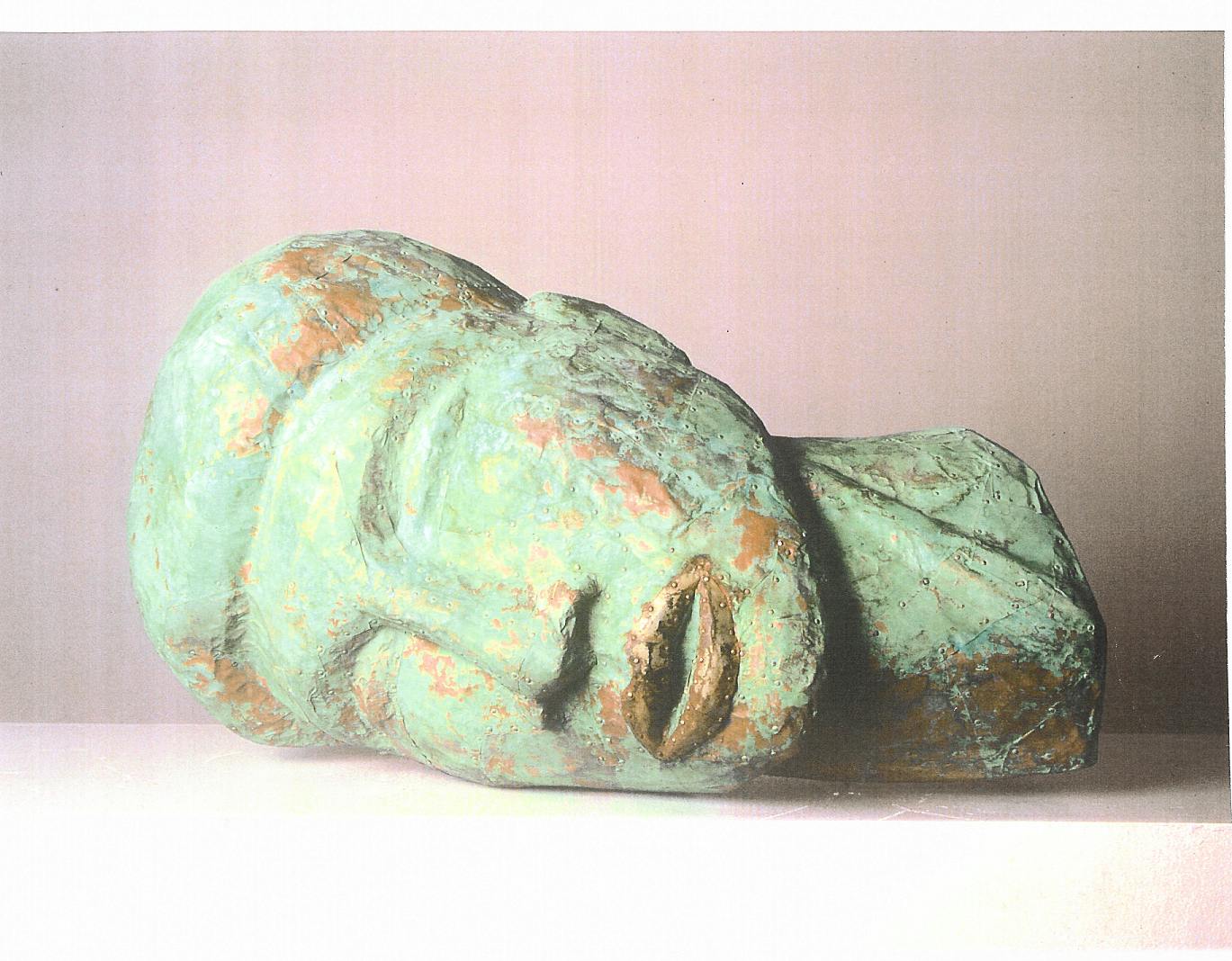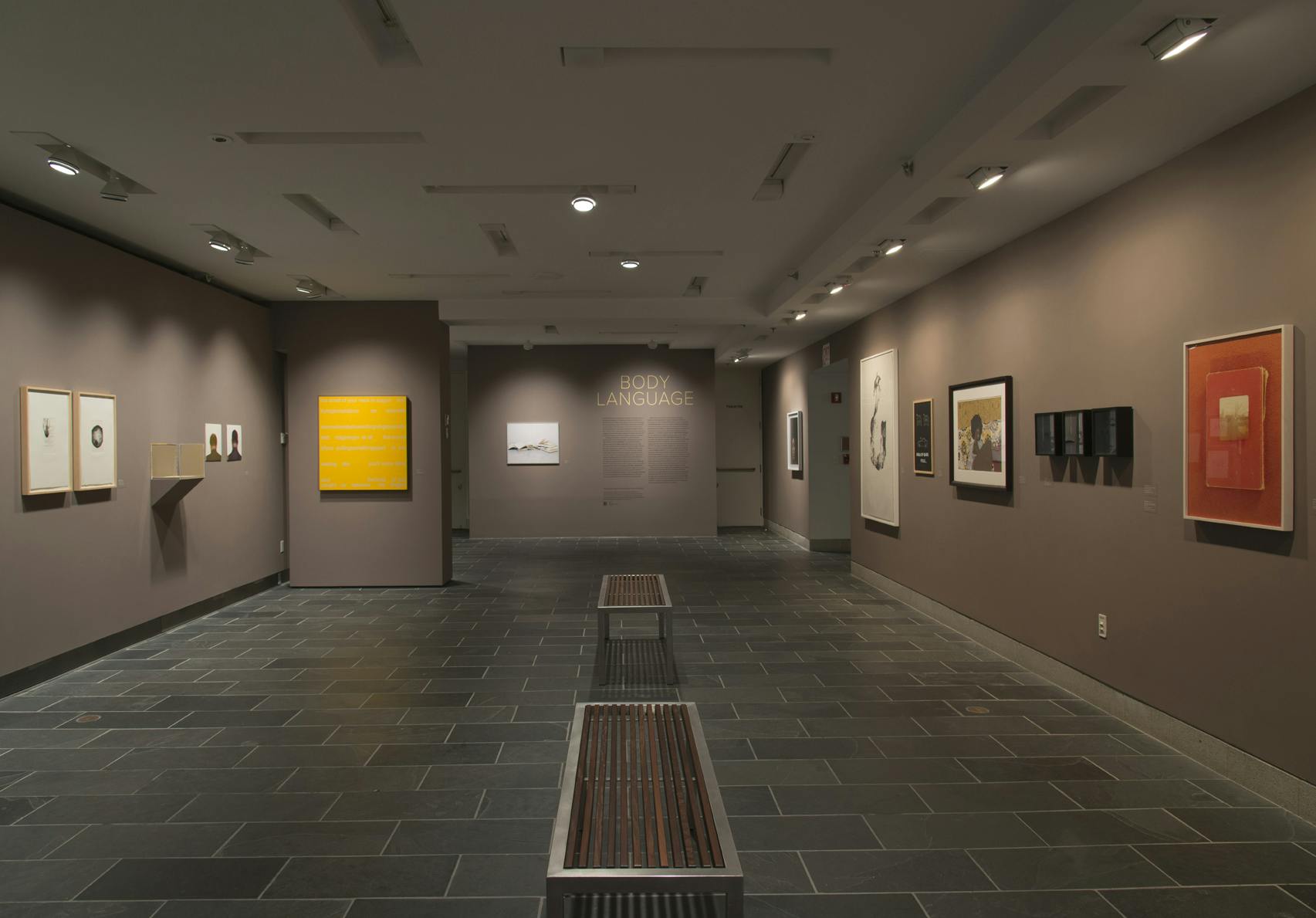Malick Sidibé
(1936–2016)Malick Sidibé’s images of young people at parties in Bamako render poignant portraits of youth exploring new political and personal freedoms, and illuminate a vivid spirit of modernity.
Biography
Malick Sidibé grew up in Soloba, a village in present-day Mali (then French Sudan). While attending school—the first child in his family to do so—he learned French and demonstrated great skill in drawing. His artistic talent earned him admission to the École des Artisans Soudanais, where he trained as a jewelry maker.
Following his graduation, he was hired by French photographer Gérard Guillat-Guignard to paint his studio and shop. Sidibé became an apprentice there, learned to develop and print negatives, and eventually took over all the studio’s reportage photography. In 1956, he bought a Kodak Brownie Flash, his first camera of his own. The camera came equipped with a flash—a tool that helped him to take photographs of nighttime parties, partygoers, and dancing.
In 1958, Sidibé opened Studio Malick, his own business in the neighborhood of Bagadadji, a move that earned him the nickname the “Eye of Bamako.” In addition to continuing to photograph parties, he completed commissions of formal studio portraits, weddings, and baptisms, as well as documentation of railroad and infrastructure construction projects. He also photographed events such as the Semiane nationale de la jeunnesse, and famous Malian musicians, including Salif Salif Keïta, Nahawa Doumbia, and Ali Farka Touré. His work captured a shift in Mali’s atmosphere, one from a society under colonial rule to a newly independent country. His images of young people at parties in Bamako render poignant portraits of youth exploring new political and personal freedoms, and illuminate a vivid spirit of modernity.
Sidibé passed away in 2016. His work was discovered by Western collectors in the 1990s and was soon after presented across the United States and Europe. He is the recipient of awards such as the Golden Lion for Lifetime Achievement at the Venice Biennale (2007) for which he was the first photographer and first African artist to receive the honor—and the International Center of Photography Infinity Award for Lifetime Achievement (2008). The Studio Museum has presented Sidibé’s work in exhibitions such as African Queen (2005); Body Language (2013–14); and Circa 1970 (2016–17).
Exhibitions and Events
Malick Sidibé
(1936–2016)Malick Sidibé’s images of young people at parties in Bamako render poignant portraits of youth exploring new political and personal freedoms, and illuminate a vivid spirit of modernity.
Vue de Dos, 2002
Biography
Malick Sidibé grew up in Soloba, a village in present-day Mali (then French Sudan). While attending school—the first child in his family to do so—he learned French and demonstrated great skill in drawing. His artistic talent earned him admission to the École des Artisans Soudanais, where he trained as a jewelry maker.
Following his graduation, he was hired by French photographer Gérard Guillat-Guignard to paint his studio and shop. Sidibé became an apprentice there, learned to develop and print negatives, and eventually took over all the studio’s reportage photography. In 1956, he bought a Kodak Brownie Flash, his first camera of his own. The camera came equipped with a flash—a tool that helped him to take photographs of nighttime parties, partygoers, and dancing.
In 1958, Sidibé opened Studio Malick, his own business in the neighborhood of Bagadadji, a move that earned him the nickname the “Eye of Bamako.” In addition to continuing to photograph parties, he completed commissions of formal studio portraits, weddings, and baptisms, as well as documentation of railroad and infrastructure construction projects. He also photographed events such as the Semiane nationale de la jeunnesse, and famous Malian musicians, including Salif Salif Keïta, Nahawa Doumbia, and Ali Farka Touré. His work captured a shift in Mali’s atmosphere, one from a society under colonial rule to a newly independent country. His images of young people at parties in Bamako render poignant portraits of youth exploring new political and personal freedoms, and illuminate a vivid spirit of modernity.
Sidibé passed away in 2016. His work was discovered by Western collectors in the 1990s and was soon after presented across the United States and Europe. He is the recipient of awards such as the Golden Lion for Lifetime Achievement at the Venice Biennale (2007) for which he was the first photographer and first African artist to receive the honor—and the International Center of Photography Infinity Award for Lifetime Achievement (2008). The Studio Museum has presented Sidibé’s work in exhibitions such as African Queen (2005); Body Language (2013–14); and Circa 1970 (2016–17).
